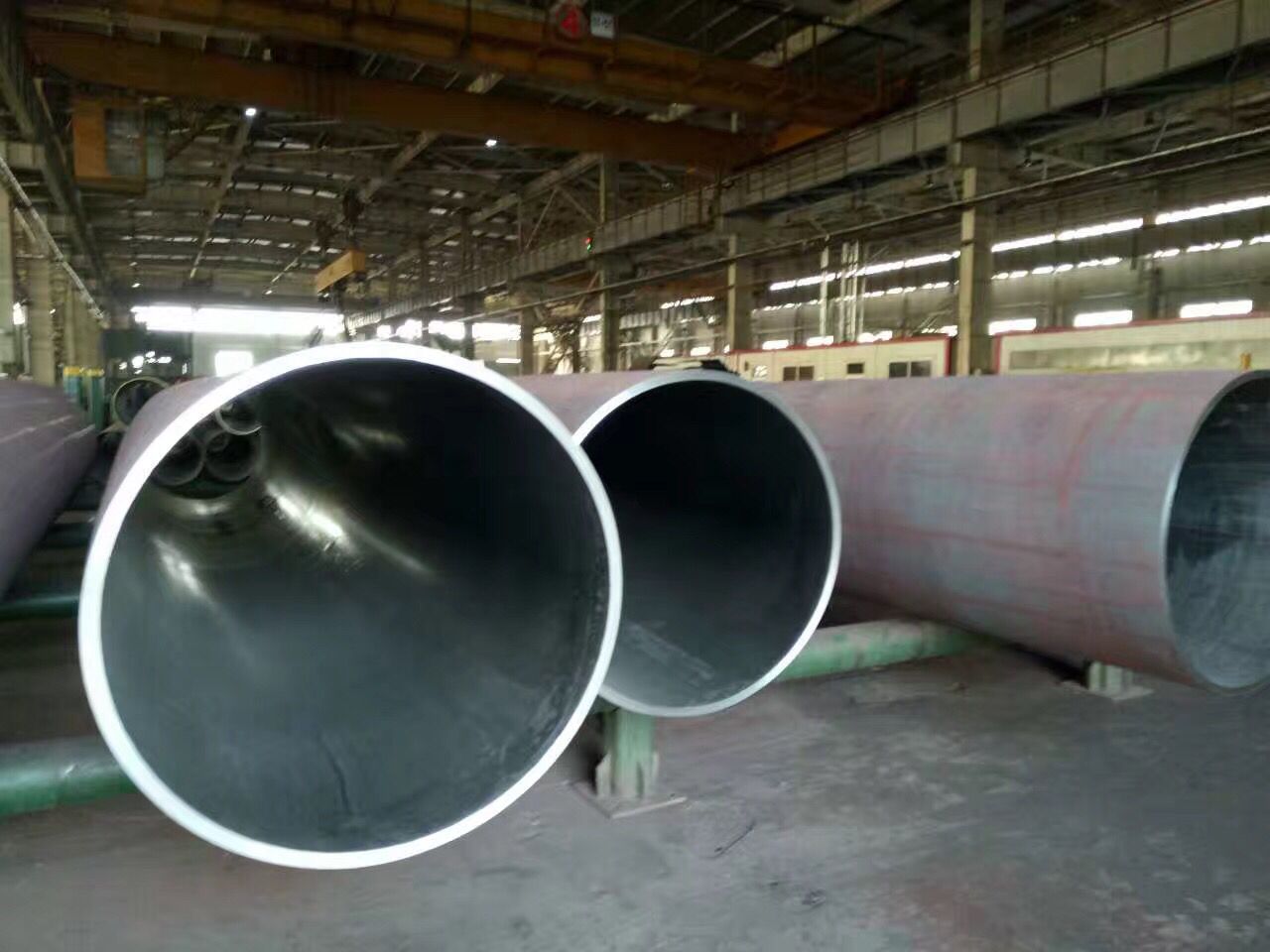Hardenability refers to the material characteristics characterized by the depth and hardness distribution of the sample under the specified conditions, which depends mainly on the critical quenching rate of the material.
The characteristics of the hardened depth and hardness distribution of the material. That is, the ability to obtain the depth of the hardened layer when the steel is quenched, which indicates the ability of the steel to undergo quenching.
Hardenability of the steel
The hardenability of the steel is good and poor, and it is usually expressed by the depth of the hardened layer. The greater the depth of the hardened layer, the better the hardenability of the steel.
The hardenability of steel is inherent in the steel’s own high-hardenability steel. It depends only on its internal factors and is independent of external factors. The hardenability of steel depends mainly on its chemical composition, especially the alloying elements and grain size, which increase the hardenability, the heating temperature and the holding time.
The steel with good hardenability can obtain uniform and uniform mechanical properties of the whole section of the steel and quenching agent with small quenching stress of steel parts to reduce deformation and cracking.
For stainless steel seamless pipe, quenching-tempering heat treatment is generally required. Different alloying elements and their additions have different effects on hardenability during this process. When quenching a stainless steel tube, it is quenched from a temperature of 925-1075 °C.
Due to the low phase transition speed, sufficient hardening can be achieved whether it is oil-cooled or empty. Also in the tempering process that must be carried out, a wide range of different mechanical properties can be obtained due to the different tempering conditions.
In martensitic chromium stainless steel, the addition of chromium can improve the hardenability of iron-carbon alloys, so it is widely used in quenched steel. The main role of chromium is to reduce the quenching.
The cooling rate of the boundary makes the hardenability of the steel significantly improved. From the C curve, the rate of transformation of austenite is slowed down due to the addition of chromium, and the C curve is clearly shifted to the right.
Tempering stability
In stainless steel tubes, the addition of nickel increases the hardenability of the steel. If there is no nickel added to the steel containing nearly 20% chromium, there is no quenching ability. The addition of 2%-4% nickel restores the quenching ability.
However, the content of nickel should not be too high, otherwise too high nickel content will not only enlarge the r-phase region, but also lower the Ms temperature, so that the steel becomes a single-phase austenite structure and also loses the quenching ability.
Choosing an appropriate nickel content improves the tempering stability of the martensitic stainless steel and reduces the temper softening. In addition, the addition of molybdenum to the stainless steel tube increases the tempering stability of the steel. Although the ferritic stainless steel does not generate austenite at a high temperature, it cannot be hardened by quenching, but a partial martensitic transformation occurs in the low-chromium steel.


